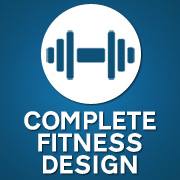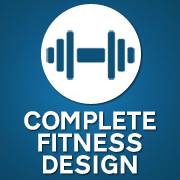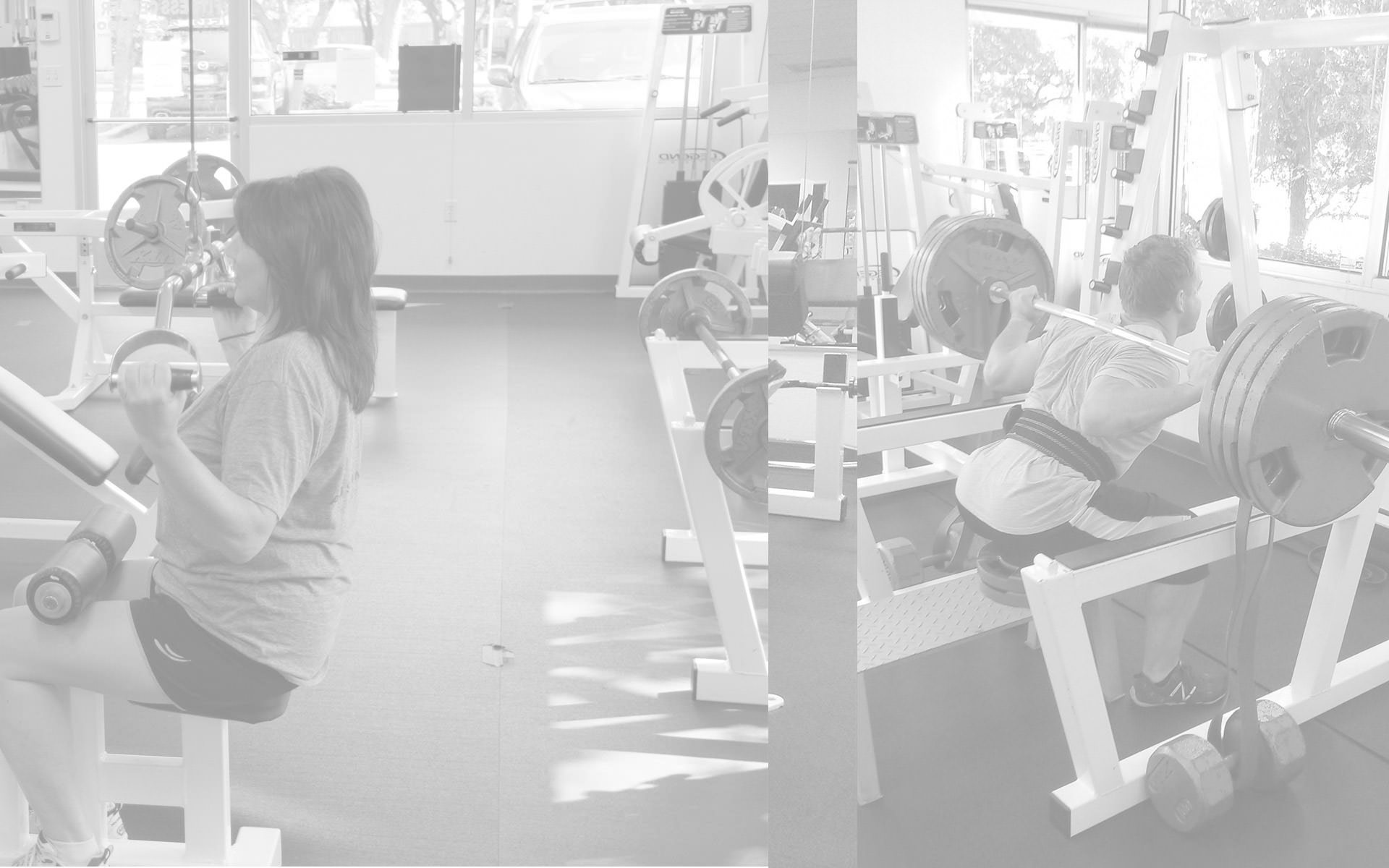Alleviating Shoulder Pain
Alleviating shoulder pain is a potentially very simple process, or the reality may be in your particular case, a very complex ordeal. Like everything else, it’s not just a matter of what is ailing you, but also factors such as your physical condition and medical history come into play as well.
The first thing to do if you’re intent on alleviating shoulder pain, is to ascertain exactly what is causing the discomfort. Did you suffer an injury? Did you get sick with shingles and have an inflamed brachial plexis? Perhaps it’s a case of repetitive stress induced imbalances? No matter what it is, you can’t go about remedying the situation until you know full well what you’re dealing with.
The next step in the process of alleviating shoulder pain, is just that. Getting in there and fixing the problem. I don’t just mean making the shoulder feel better with some anti inflammation drugs, or a simple massage, but rather repairing the root of the problem. Let’s say in a hypothetical scenario, but one I deal with as an Austin personal trainer quite frequently, a gentleman comes in for his free consultation, and I notice his right shoulder is sitting higher than the left. Probing further, I find that he works on a computer all day long, sleeps on his right side often, and drives his car with his right hand atop the steering wheel. We can plainly see that his right side’s tightness and imbalance is caused by a simple case of chronic overuse and thus repetitive stress. For this client, in order for him to be alleviating shoulder pain, he’s going to have to make some postural and ergonomic changes in his routine. He also would benefit from some myofascial release in order to loosen the affected tight muscles, and then some shoulder strengthening exercises to restore a balance internally throughout the muscles in the shoulder complex.
If the problem lies elsewhere, and for example is the result of an injury that never healed properly, as people like to phrase it, a different approach may be necessary. Let’s suppose a lady tore her labrum while playing tennis a year ago, and post physical therapy, it still hurts when she raises her arm over her head. She likely has residual inflammation in her labrum, and possibly in her supraspinatus. It’s possible she can work this out with some homeopathic efforts, coupled with some bodywork, and its also entirely possible that she needs to see her doctor and talk about a steroid shot. There are many other possibilities that fall between those 2 extremes, as well. It’s just a matter of recognizing the problem quickly and accurately if you are going to treat it properly.
Ready to Get Started?

Andy

Latest posts by Andy (see all)
- Workout Motivation: How To Get Motivated To Work Out - March 9, 2022
- Body Fat Types: Subcutaneous and Visceral Fats - June 1, 2019
- Why Diets Work If You Stick With Them - April 1, 2019






